Entry Category: Counties, Cities, and Towns - Starting with L
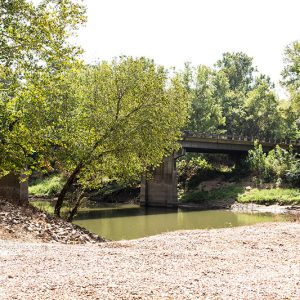 Little Missouri River Access
Little Missouri River Access
Little River County
 Little River County Courthouse
Little River County Courthouse
Little Rock (Pulaski County)
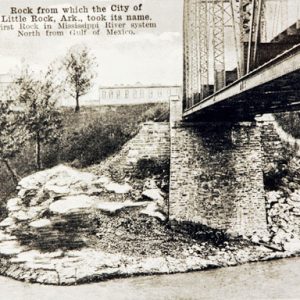 Little Rock [Geological Formation]
Little Rock [Geological Formation]
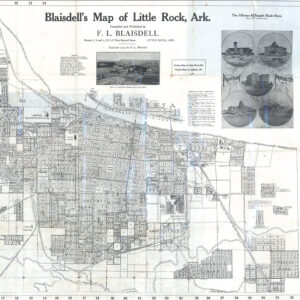 Little Rock Map, 1913
Little Rock Map, 1913
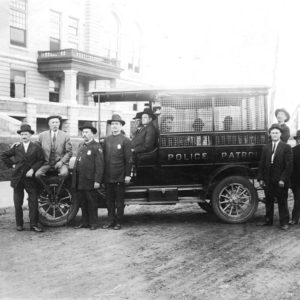 Little Rock Police
Little Rock Police
 Little Rock Skyline
Little Rock Skyline
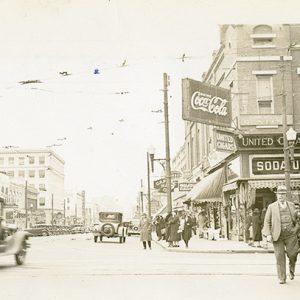 Little Rock, 1933
Little Rock, 1933
 Little Rock, 1933
Little Rock, 1933
Little Texas (Scott County)
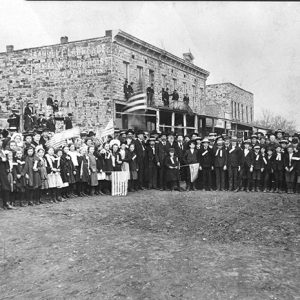 Governor John Little Reception
Governor John Little Reception
 Livery Stable
Livery Stable
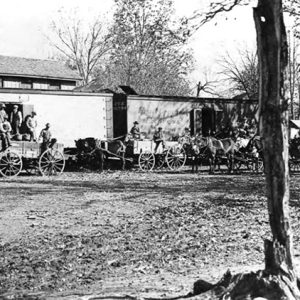 Loading Apples
Loading Apples
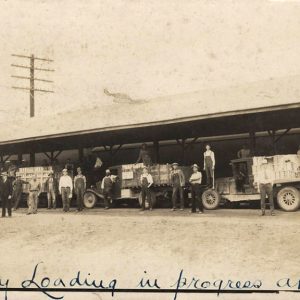 Loading Berries
Loading Berries
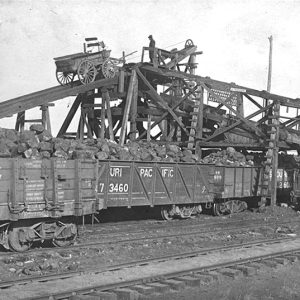 Loading Coal
Loading Coal
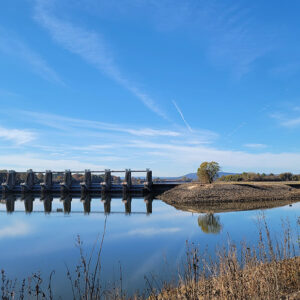 Lock & Dam No. 9
Lock & Dam No. 9
 Lock and Dam Number 1
Lock and Dam Number 1
Lockesburg (Sevier County)
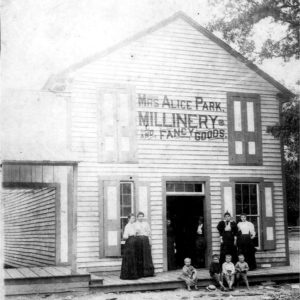 Lockesburg Millinery Store
Lockesburg Millinery Store
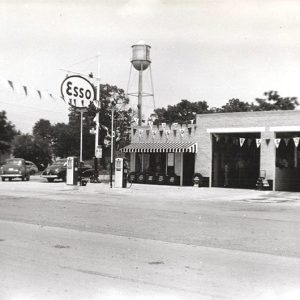 Lockesburg Street Scene
Lockesburg Street Scene
 Lockheed Martin Plant
Lockheed Martin Plant
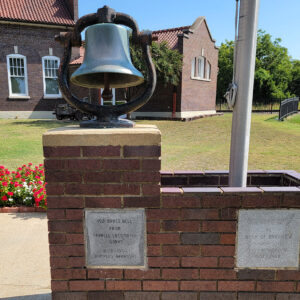 Locomotive Works Bell
Locomotive Works Bell
Locust Grove (Independence County)
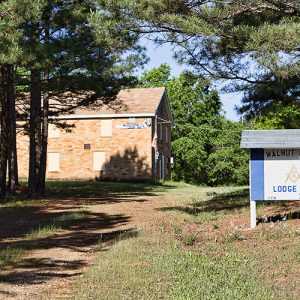 Lodge 390
Lodge 390
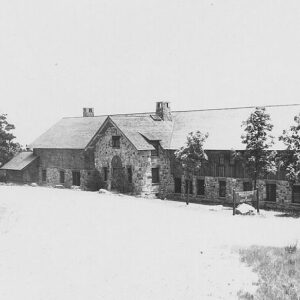 Lodge on Mount Magazine
Lodge on Mount Magazine
Logan County
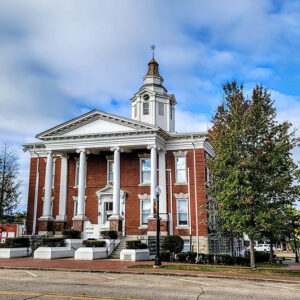 Logan County Courthouse, Eastern District
Logan County Courthouse, Eastern District
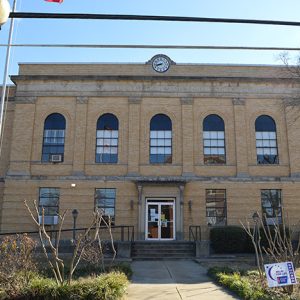 Logan County Courthouse, Southern District
Logan County Courthouse, Southern District
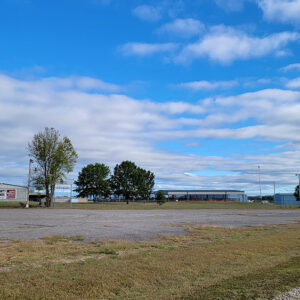 Logan County Fairgrounds
Logan County Fairgrounds
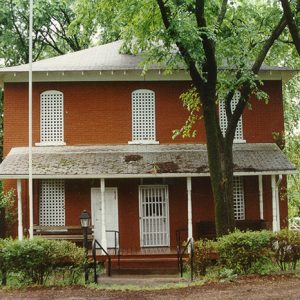 Logan County Museum
Logan County Museum
 Logan Theater
Logan Theater
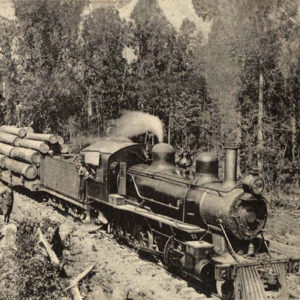 Logging Train
Logging Train
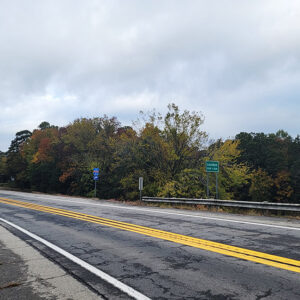 Entering London
Entering London
London (Pope County)
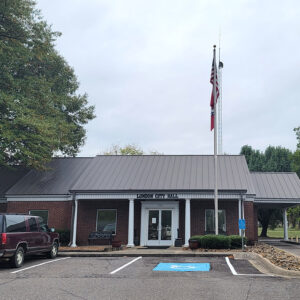 London City Hall
London City Hall
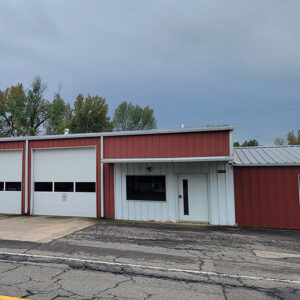 London Fire Department
London Fire Department
 London Post Office
London Post Office
 London Street Scene
London Street Scene
 Lone Oak Court
Lone Oak Court
Lone Valley (Polk County)
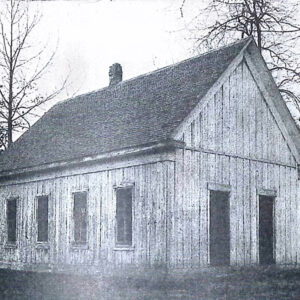 Lone Valley School
Lone Valley School
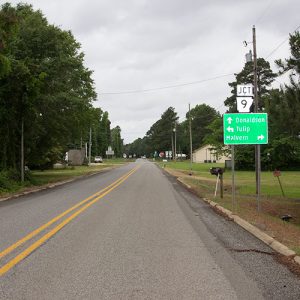 Lono
Lono
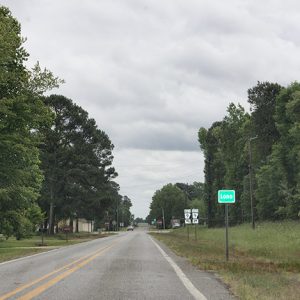 Lono
Lono
Lono (Hot Spring County)
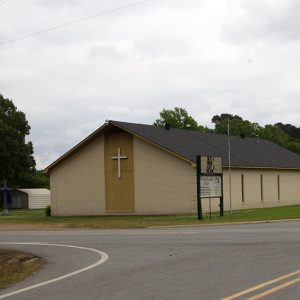 Lono Assembly of God Church
Lono Assembly of God Church
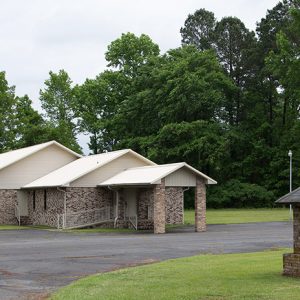 Lono Baptist Church
Lono Baptist Church
 Lono-Rolla Community Center
Lono-Rolla Community Center




